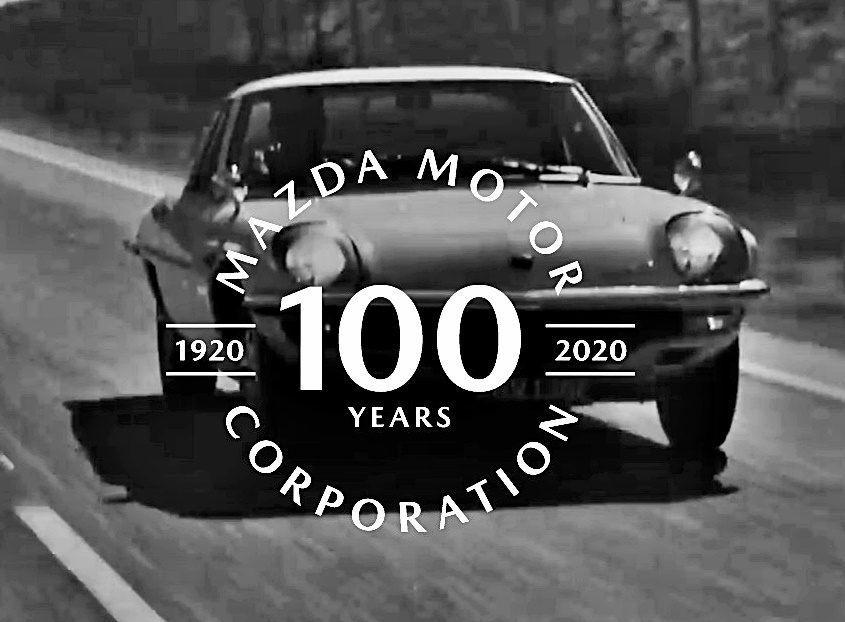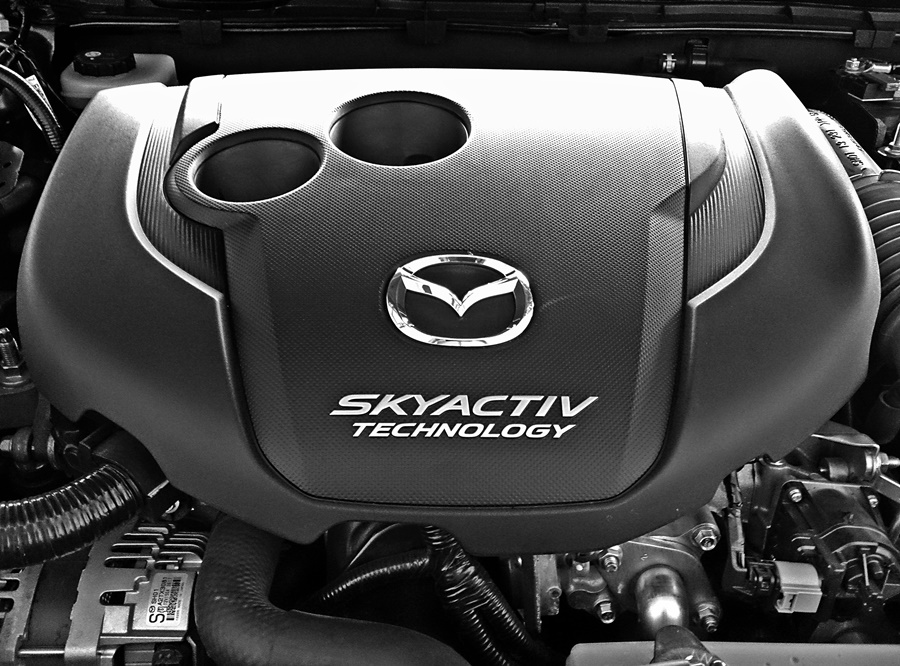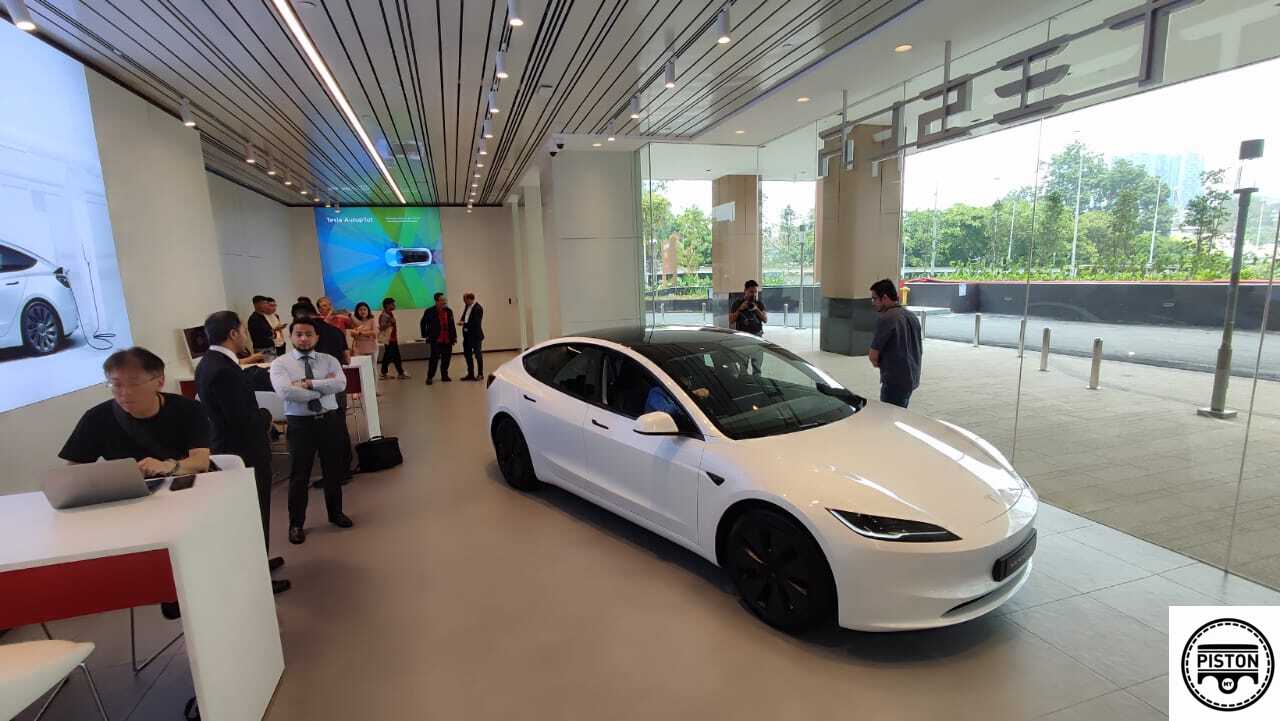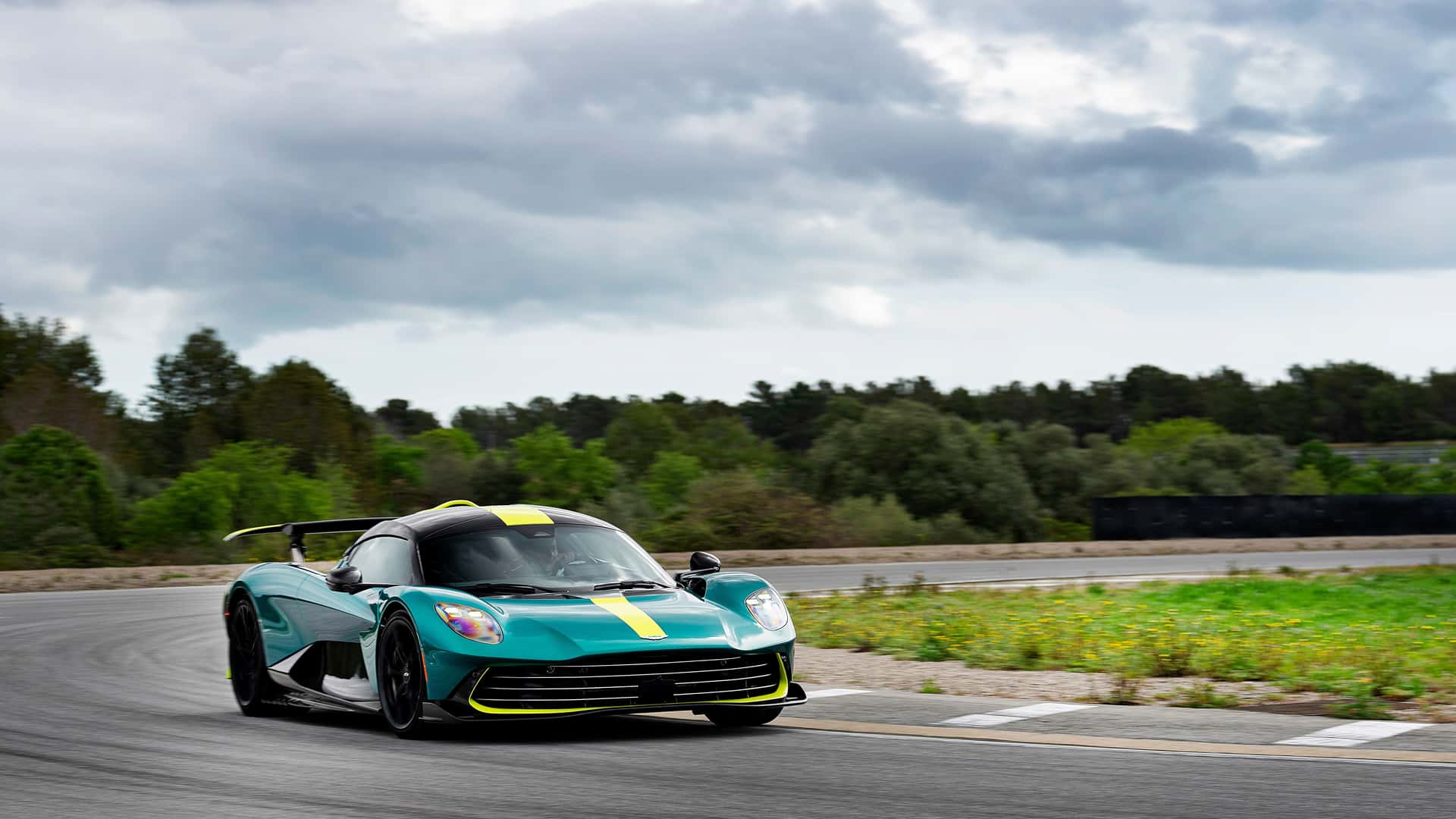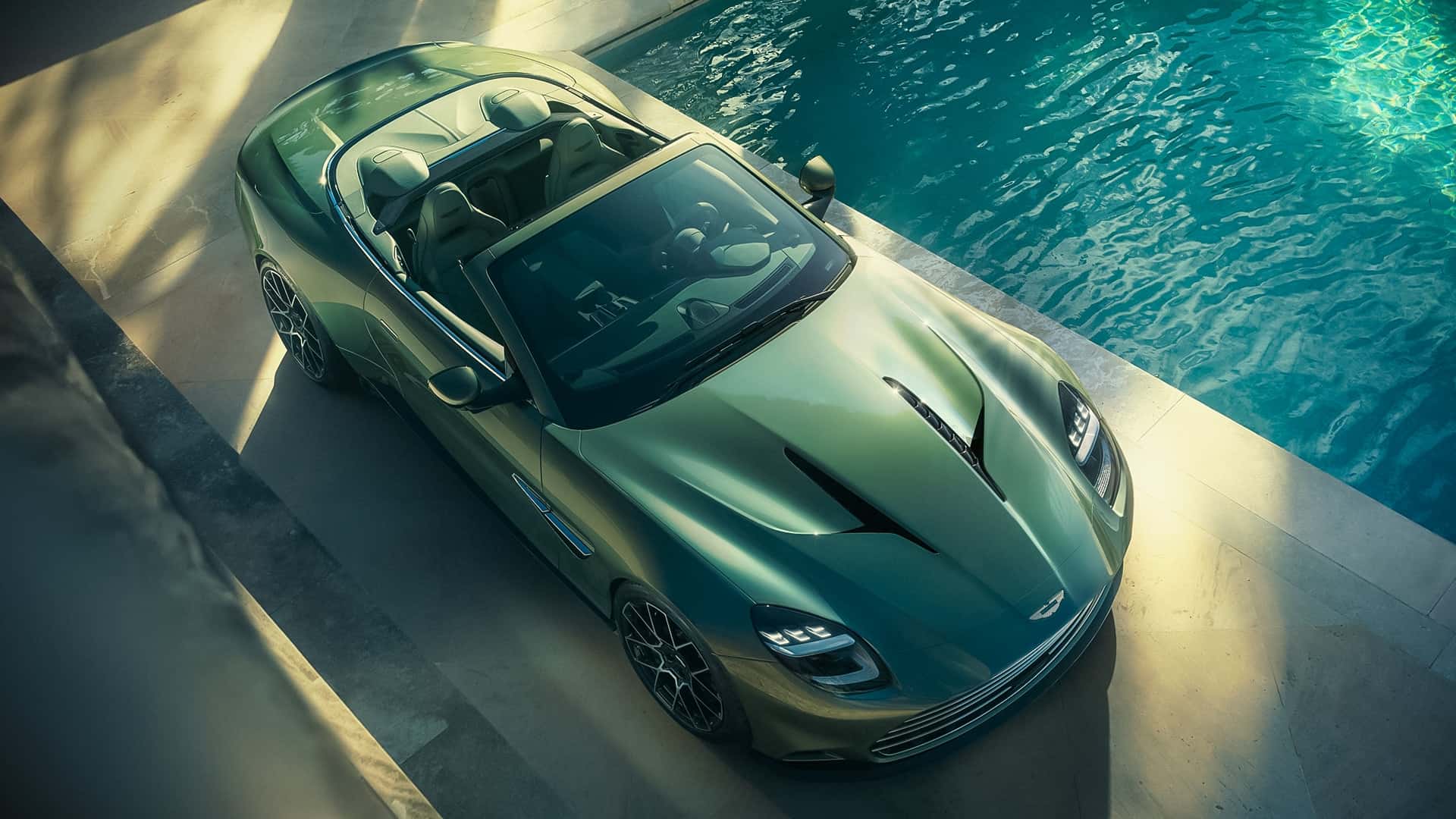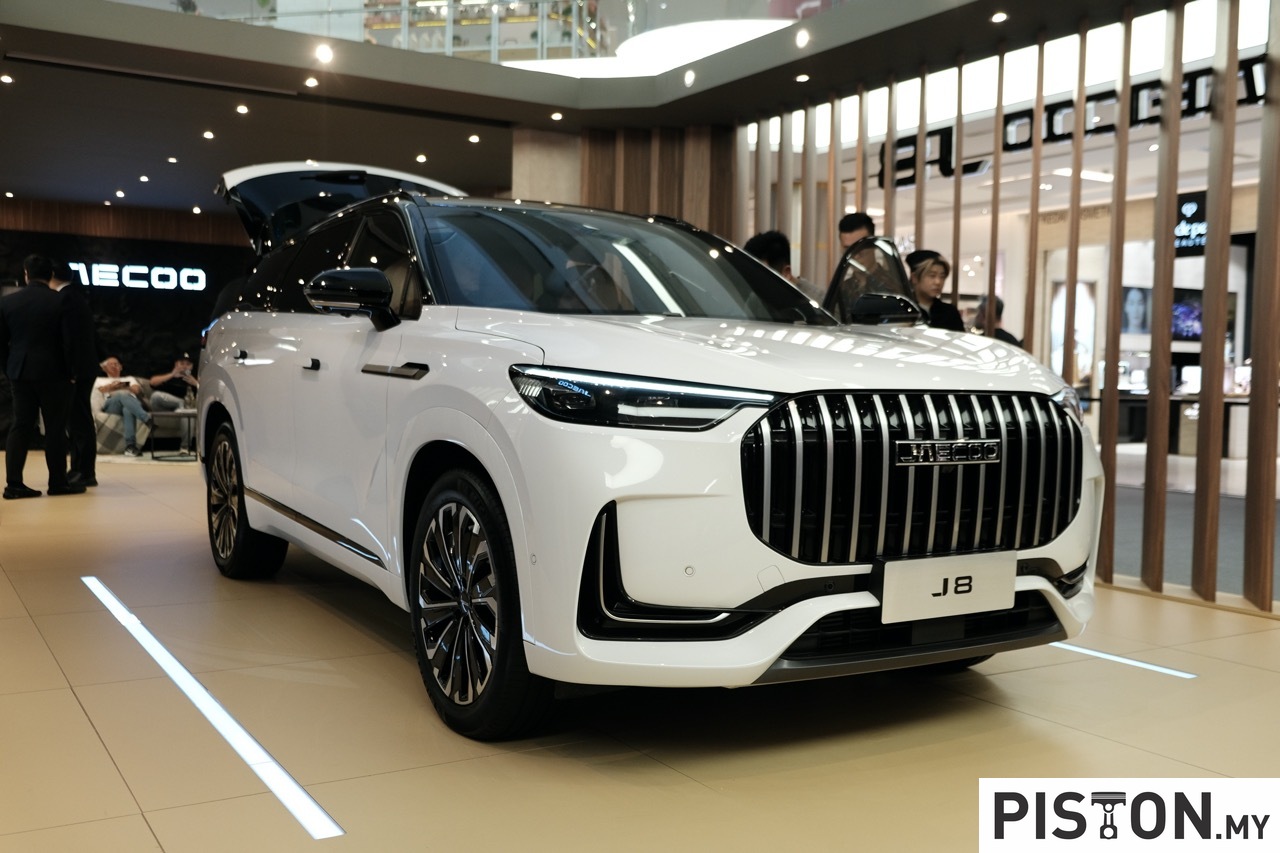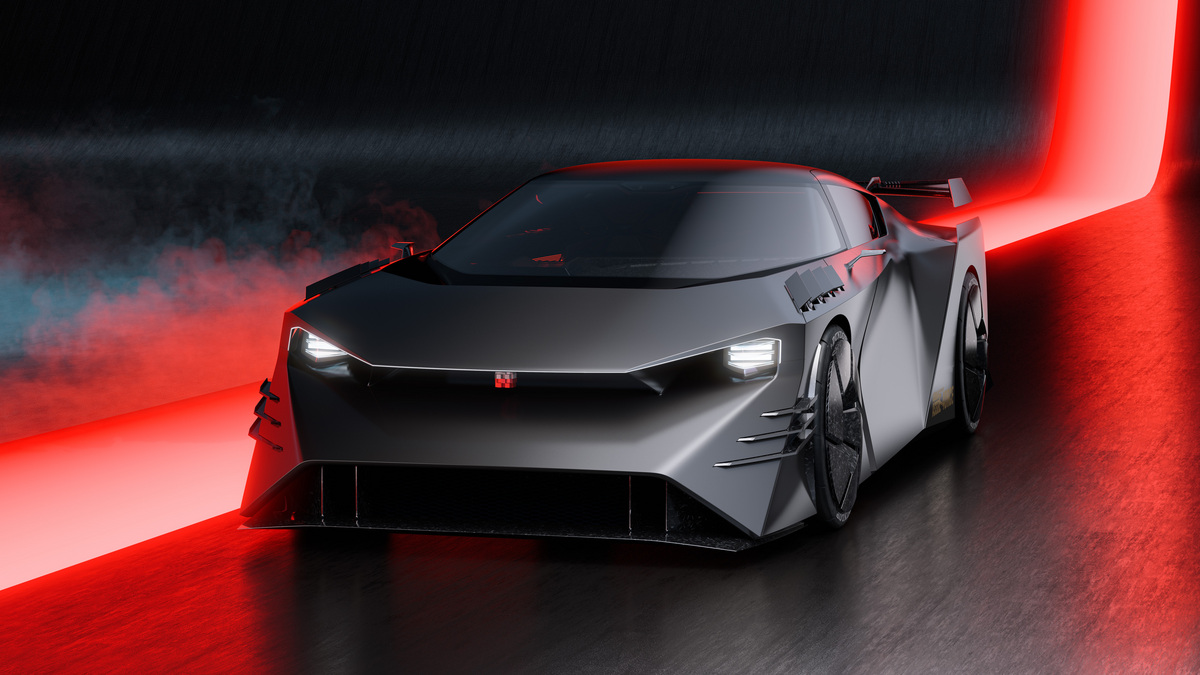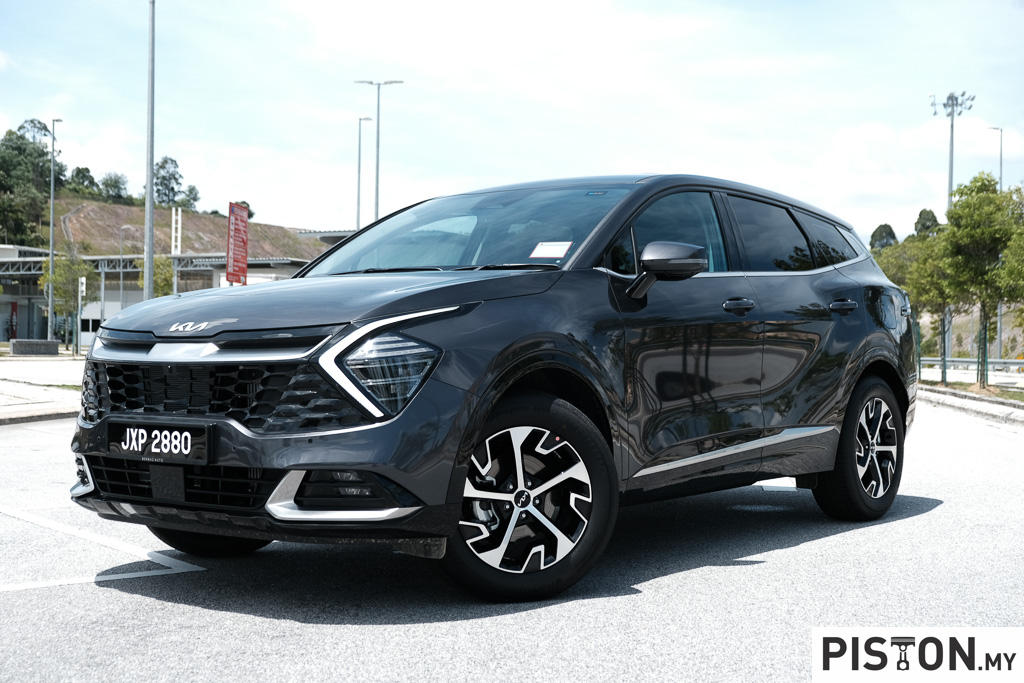Mazda today celebrated its 100th anniversary with a ceremony at its Hiroshima headquarters that starts a year of events during which the company will remember its past and look to the future. 100 years ago, Mazda was not a car-producer but was a producer of cork in Hiroshima. It was when Jujiro Matsuda, an industrialist, took charge of Toyo Cork Kogyo Co. Ltd. in 1921 that the business transformed first into a machine tool producer and then a manufacturer of motor vehicles.
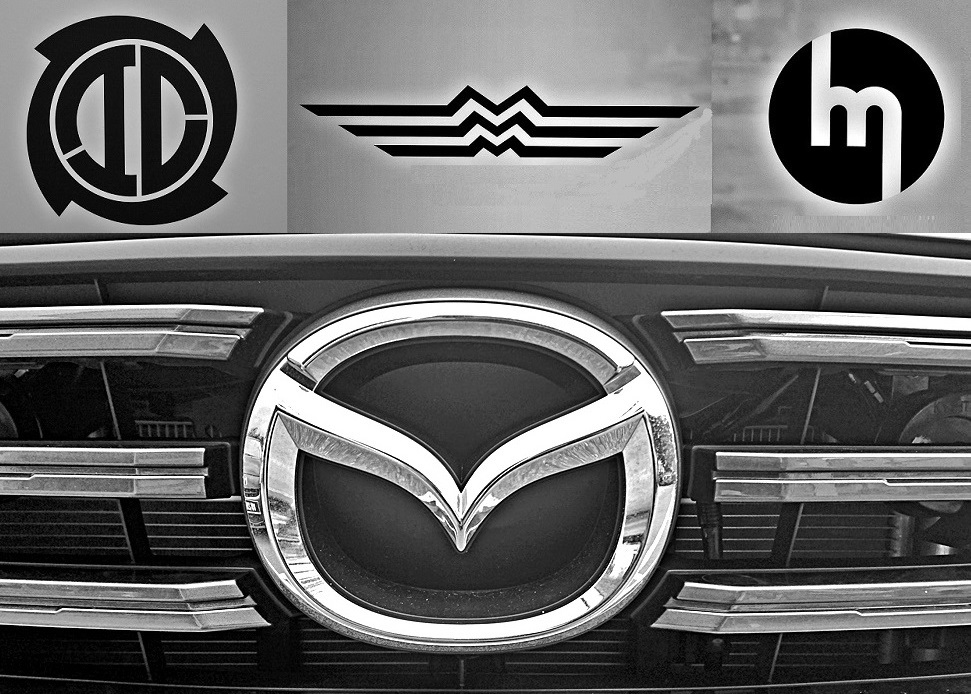
The first model was a 3-wheeled truck – the Mazda-Go – that went on sale in 1931. It proved popular and underwent continual improvement with innovations such as a 4-speed transmission in 1938 that reduced fuel consumption by 20%. Hiroshima was targeted by an atomic bomb during World War II and Mazda, like virtually every business in the city, suffered greatly. But a strong spirit persevered and truck manufacturing resumed only a few months after the destruction.
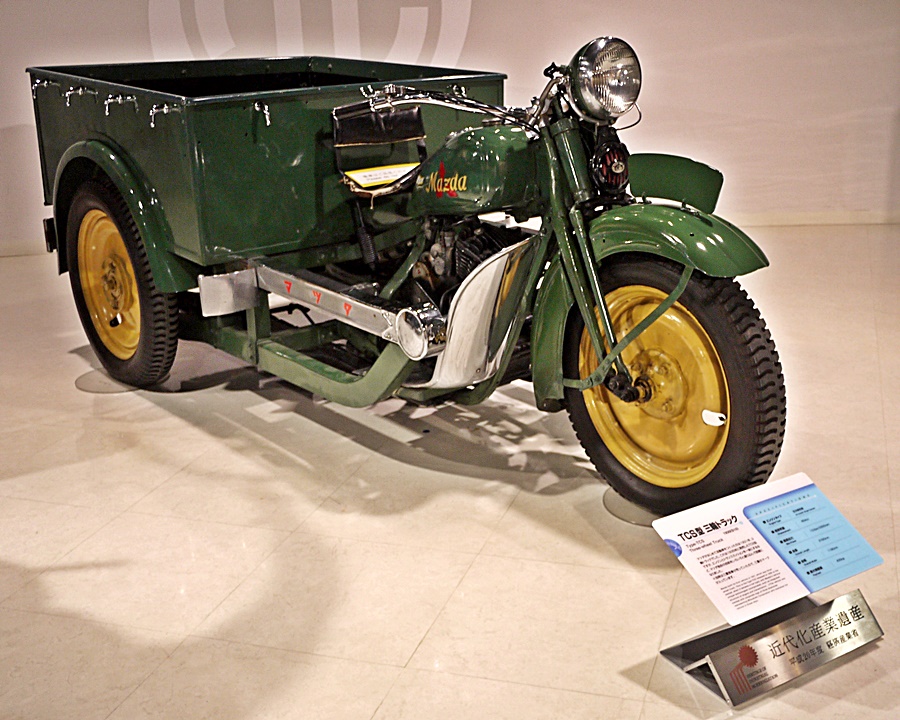
Commercial vehicles remained in the focus after the war and the first passenger car arrived in 1960 with the Mazda R360. The car was a hit in Japan’s popular kei-car segment, contributing to the motorisation of Japan and starting the path to the successful line-up of Mazda models that we see today.
Mazda is closely associated with the rotary engine, having successfully commercialised it when others thought it was not feasible. In 1961, the company signed a licensing deal with German carmaker NSU to develop and produce its new compact, lightweight Wankel rotary engines. The determined Japanese engineers finally came out with the futuristic Mazda Cosmo Sport 110S in 1967, the world’s first production model with a rotary engine.
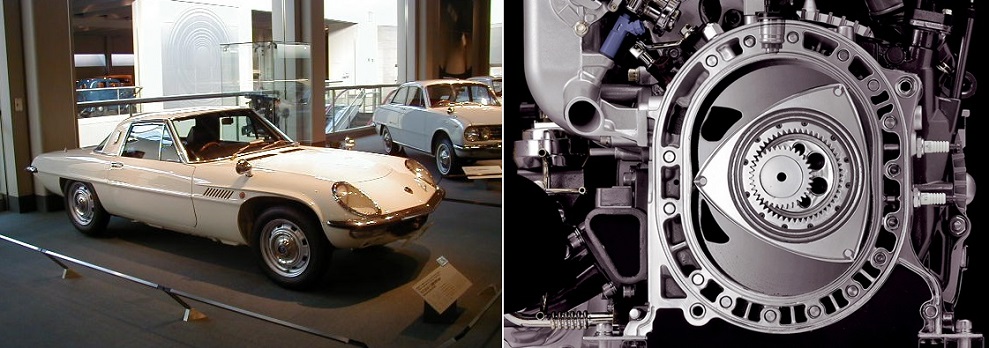

It was the start of a remarkable success story that would see the brand launch numerous models with the unique engine including the RX-7 and over time, almost two million rotary-powered cars were sold. The 4-rotor Mazda 787B won the Le Mans 24 Hours in 1991, the first Asian manufacturer to do so – and the only victorious car with a non-piston engine – and proving Mazda’s technological prowess on the track.
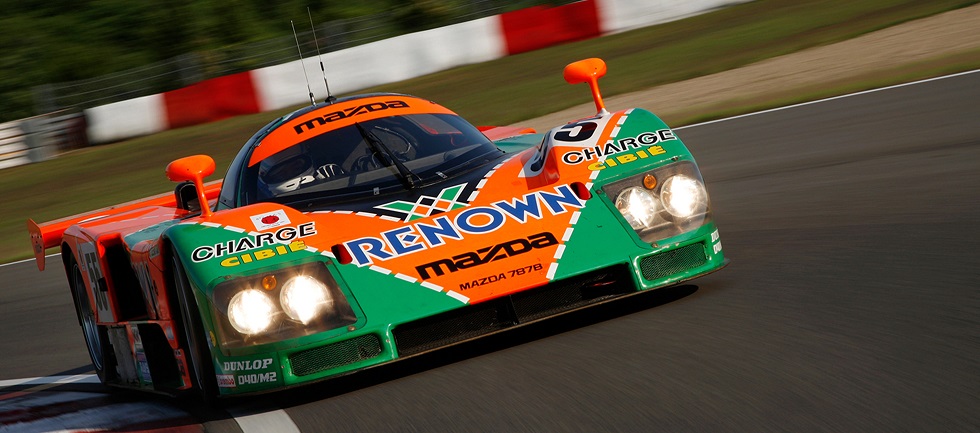
The courage to question common practices and forge new paths in engineering and design that others considered unfeasible has driven the team at Mazda since the beginning. Besides the rotary engine, Mazda also created the world’s best-selling 2-seat roadster – the Mazda MX-5 – which has sold over one million cars since its launch in 1989. Its SKYACTIV Technology has optimised vehicle design and engineering while Jinba Ittai provides the strong connection between car and driver in all Mazda models today.
The next 100 years
Mazda’s superior engineering is complemented by its design excellence that currently uses the KODO – Soul of Motion design language. The emphasis on design is so strong at the company that the designers have the fullest support from the manufacturing side which sees it as a challenge to reproduce the design features that may be omitted in other companies due to production constraints.
“Mazda originated as a company producing cork and then took the path to manufacturing automobiles. Now, our cars have found friends with many customers from over 130 countries and regions. As we look ahead to the next 100 years, we will continue to put people first and cherish our ‘uniqueness of co-creating with others.’ As we strengthen co-creation and cooperation with all those connected with the company, we will continue to challenge ourselves to create unique products, technologies, and experiences that our customers love,” said President & CEO, Akira Marumoto.
Click here for other news and articles about Mazda at PISTON.MY.
Visit www.mazda.com.my to find out more about the wide range of models available in Malaysia.




